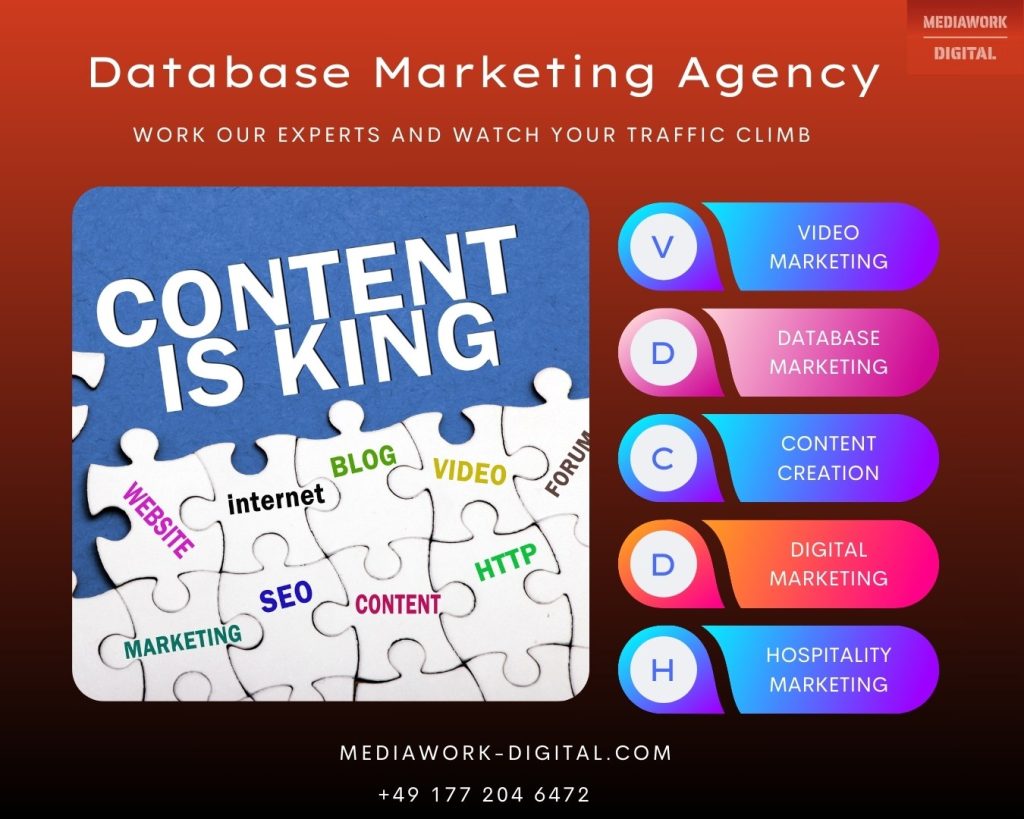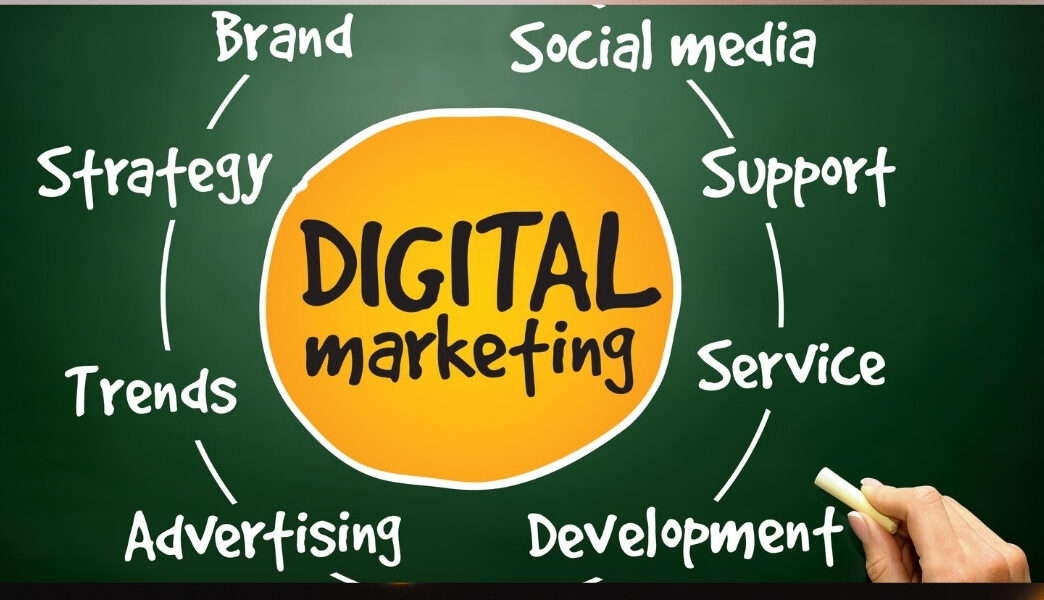- info@we-elevate.biz
- Opening Time : 10am-10pm
- Login/ Register

What you need you need to know about content marketing for your business
In today’s digital world, creating content isn’t just about writing articles or posting on social media. It’s about making real connections.
Wondering how to turn your ideas into engaging content that actually gets results?
You’re in the right place.
First things first: to reach your audience effectively, you need a strong strategy. But what does that look like? Think of a content marketing strategy as your roadmap to success—it guides you on what to create, who it’s for, and how to make sure it reaches the right people.
Struggling to craft a strategy that works? Don’t worry, we’ve got you covered! Contact us for expert help.
A robust strategy helps you identify your target audience, the best channels for reaching them, and the types of content that will resonate most. It’s about more than just selling a product or service; it’s about telling a story that connects on a human level.

Understanding who your customers are, what they need, and how they make decisions is critical. An Ideal Customer Profile (ICP) helps you tailor your content precisely to the people most likely to engage with your brand. This isn’t just about demographics; it’s about diving deep into psychographics and behaviors.
Navigating the Buyer’s Journey: A Content Roadmap
Every customer journey is unique, yet they all follow a basic framework: awareness, consideration, and decision. Here’s how to craft content for each stage:
Need help crafting this content? Learn more about our services.
Maximize Every Piece
Creating great content is just the beginning. Repurposing extends its lifespan and boosts your ROI. Turn blog posts into podcasts, infographics, or even a series of tweets. Each format taps into a different audience, maximizing your reach.
Transform your existing content into multiple formats.
Harnessing the Power of Video Content
In a world where attention is the new currency, video is king. Videos can convey emotion and information more effectively than almost any other type of content. They’re perfect for storytelling, demonstrating products, or highlighting customer testimonials.
Ready to captivate your audience with video? Contact us for video creation services.

Effective content marketing is about understanding the intersection of human needs and digital tools. It’s about using every tool at your disposal—from AI to analytics—to create content that resonates, engages, and converts.
Don’t just create content; create confidence, connections, and conversions. With the right strategy, and a little help from AI, your content can achieve more than you ever thought possible.
Ready to take your content to the next level? Partner with us at MediaWork Digital and let’s make magic happen together!
Traffic is great,
but conversions are even better.
Many content marketers excel at generating traffic. However, turning that traffic into conversions remains a challenge.
Throughout my career, I’ve focused extensively on both driving traffic and converting it. I’ve led experimentation and growth teams and have also established a B2B content marketing agency.
I’m here to show you how to craft content that does more than attract visitors and readers—it actively supports your business objectives and helps meet your content marketing KPIs.

High-converting content is any content specifically crafted to drive conversions.
This means it’s designed to encourage the reader to perform a desired action like signing up for an email list , or booking a consultation call.
A “conversion” can vary greatly—it could be anything from a request for a product demo to a seemingly simple email list signup (though, truly, email signups are valuable!).
The definition of a conversion will depend on your specific market strategy and business goals.
The term “high converting” also varies. For some, an excellent last-click conversion rate might be as low as 0.5%, while for others, it could be up to 5%.
This variability depends on factors like the nature of your conversion, how well your conversion funnel is optimized, your product’s price, and other elements.
Generally speaking, converting over 1% of readers to a product-related action (like a demo, freemium signup, or sales discussion) is considered quite effective based on my experience.
For content-specific offers, a good conversion rate might range from 1% to 5%.
Step 1: Understand Your Audience
Knowing your audience is the first critical step in creating effective content. It’s crucial to base your content on the actual needs, wants, and problems of your audience rather than assumptions. Great content targets a specific audience, addresses their pain points, and provides valuable solutions. To truly understand your audience, consider:
By getting into the mindset of your audience, you can create tailored content that resonates deeply with them.
Step 2: Craft Compelling Headlines
Your headline is the gateway to your content. A compelling headline grabs attention and sparks interest, motivating the reader to click through and engage further. Effective headlines should:
Step 3: Optimize Content Structure for Readability
The structure of your content can greatly influence its readability and engagement. Use these guidelines to enhance content structure:
Step 4: Personalize Your Content
Segment your audience and create personalized content for different groups. This approach ensures that each piece of content addresses the specific needs and interests of each segment, increasing relevance and engagement. Personalization can significantly boost conversions by making readers feel understood and catered to.
Step 5: Include Interactive Elements
Interactive content engages readers more deeply by encouraging active participation. Consider including elements like:
Step 6: Use Content Magnets to Capture Leads
Incorporate lead magnets—high-value content offerings that require users to submit their contact information. Effective lead magnets are highly targeted to your audience’s interests and can include:
Step 7: Continuously Measure and Adapt
Track and analyze the performance of your content to understand what works and what doesn’t. Use tools like Google Analytics to monitor metrics such as page views, time on site, and conversion rates. Regularly reviewing these metrics allows you to refine your strategy and improve the effectiveness of your content over time.